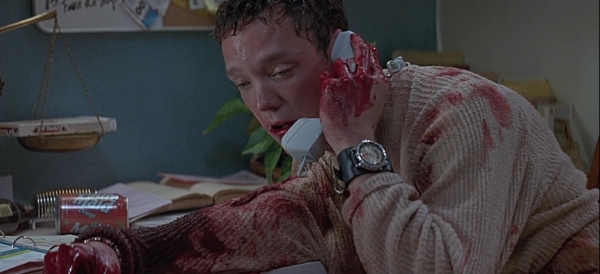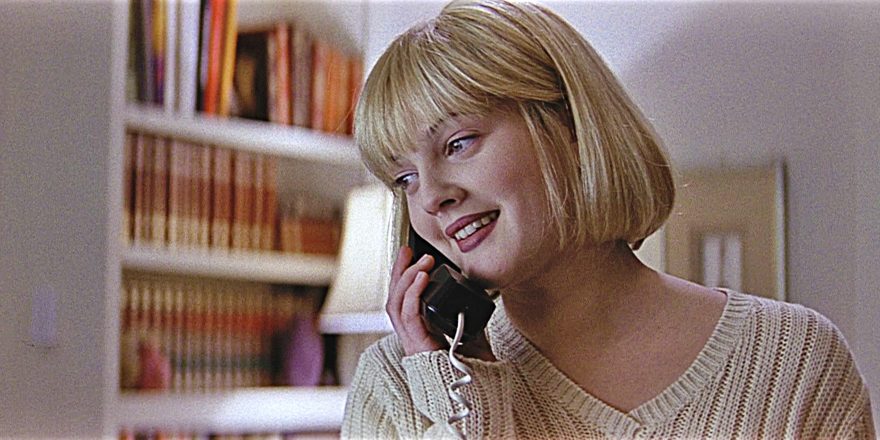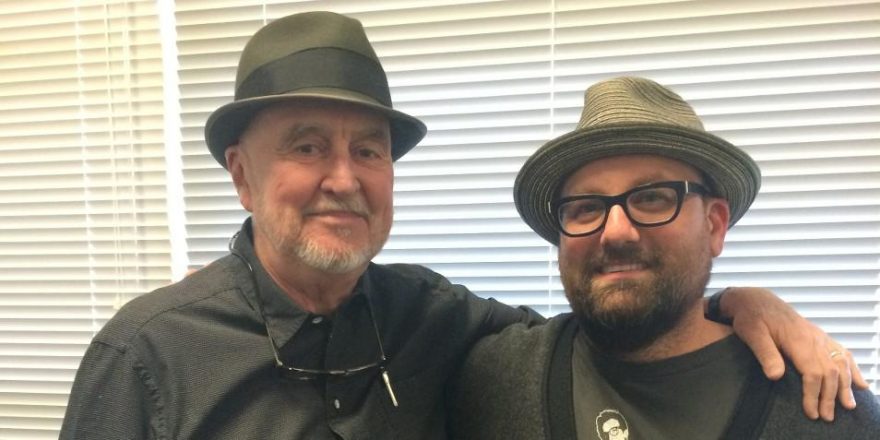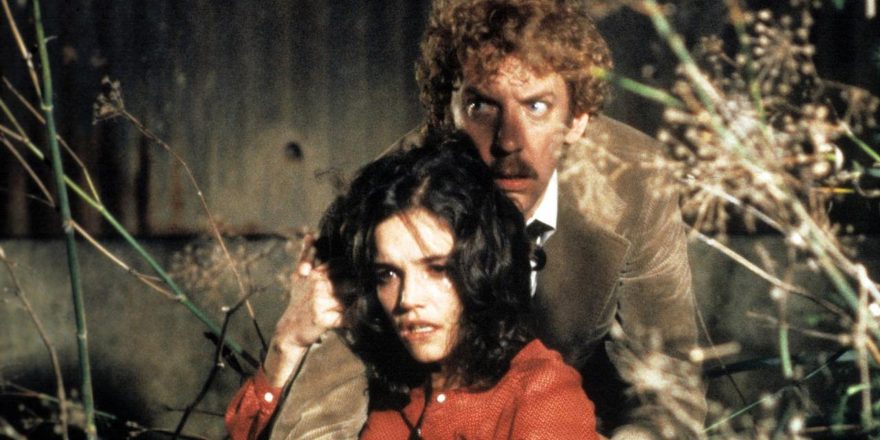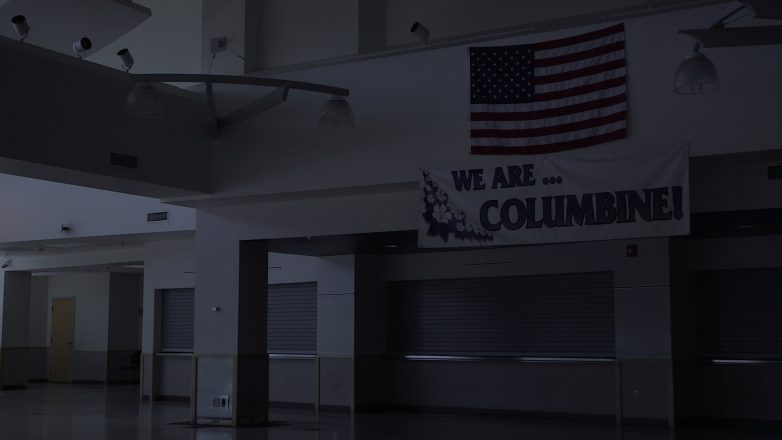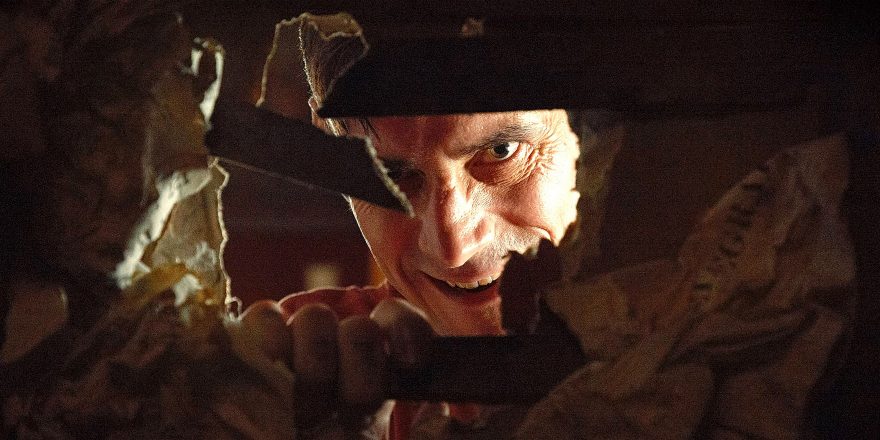I’ll never forget the first time I watched it. I was living in Pittstown, New Jersey. I must have been about 12, although the exact date is lost to the haze of memory. I had just come back from karate practice and was still wearing my gi, cold sweat in my hair, empty stomach. I don’t remember where my parents and siblings were, but somehow I was alone in the house when I decided to put in the VHS. I had been waiting to watch it with someone else, but I felt strong and secure, and it wasn’t quite dark yet, so I decided to watch it alone. After that first viewing, I’ve always felt close to Scream. Like the teenagers in the film, I grew up in a wealthy American suburb, spending probably excessive amounts of my free time watching horror films, first on VHS and then on super-mall-purchased DVDs. It wasn’t the first horror film I fell in love with, but it was the first one that made me start to question the form and how it related to me.
Scream was released nearly 23 years ago, on December 20, 1996, and even as it has become a cultural relic, it feels remarkably present. As with his other masterpieces – Last House on the Left (1972) and A Nightmare on Elm Street (1984) – Wes Craven created something that is both of its moment and transcends it; a film that generates its own mythology each time it’s watched. Scream was a massive financial and cultural success; it grossed $173 million against a $15 million budget, and the Ghostface mask went on to become a Halloween mainstay. It revitalized the marketability of “slasher” films even as it critiqued them, and spawned a series of interesting-if-flawed sequels that deserve more attention in their own right. Most critical discussions of Scream focus on its postmodern formal gambits, its almost obsessive tendency to mock and undermine itself while still functioning within the confines of its genre. But what has always struck me is the film’s honesty, hidden behind its smirking mask. If you strip back the cultural connotations and copycats that followed, the original film provides not only fear and laughter, but one of the most sensitive examinations of the psychology of violence – cinematic and real-world, that of both the characters and the viewer – yet produced. This honesty is why Scream is one of the few postmodern pieces of art that actually works.
A quick refresher, in case it’s been awhile: A serial killer is stalking the wealthy suburban town of Woodsboro, and seems to be in particular circling in on Sidney Prescott, whose own mother was raped and killed one year previously. This first murder has become the pet-case of trashy tabloid journalist Gale Weathers, who quickly arrives in town to start covering the new killings. Teenagers keep getting knocked off, and local movie-nerd Randy provides a running commentary on how the behaviors and decisions of both the killer and victims are following the rules of a horror film. In the climax, at a house party where they watch Halloween on VHS, it’s revealed that the killer is actually two people: Sidney’s brooding boyfriend, Billy Loomis, and class-clown Stu Macher. After a final confrontation, Sidney is narrowly saved by Gale, both murderers are killed, and an uneasy peace descends on the survivors.
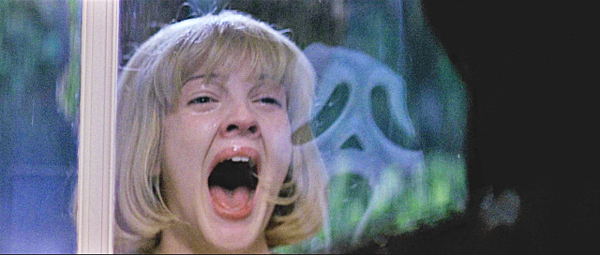
I want to focus on two scenes in particular. The film is most famous for its opening, and rightly so; the sequence is unique, even though it deals almost exclusively in narrative clichés. Drew Barrymore’s Casey Becker prepares to watch a horror movie by herself when she receives a phone call. The caller asks increasingly personal and direct questions, before beginning to actively threaten her life. Already the film has started to jump outside of itself – the scene is an acknowledgment that even if it will play extensively in cinemas, a greater audience will experience this scene at home, in their own living rooms, after making their own popcorn, perhaps with their own phone ringing. The effect does not take the viewer out of the film, but instead draws them in closer – they are immediately forced into the situation on screen. The entire sequence is a masterclass in anticipation. It continually ups the stakes and potential danger for Casey; letting her feel comfortable, then pushing her, bit by bit, toward panic – offering brief glimpses of hope before quickly pulling them back. There is a strange double effect to the proceedings, as the viewer identifies with both Casey and the caller, the victim and the hunter. The jokes about horror films underscore the artificial elements of the situation, and call to attention the fact that you as a viewer have chosen to put yourself here, and you know what this will be. That on some level, you want Casey to die, or you wouldn’t have bought that ticket or rented that tape. You want the phone to ring again. The scene is as enjoyable as it is awful; it is this sensation that gives the film its remarkable strength.
Despite being ostensibly a slasher film, Scream shows only a marginal interest in the kind of “set-piece” killings that the genre is known for. With the exception of Casey’s body strung up from a tree at the end of the opening (only briefly, and from a distance), and Tatum Riley’s inglorious death-by-garage-door, none of the bodies linger in the viewer’s mind. Viscera and gore effects are kept to a minimum. The “chase” and “stalking” scenes are all well executed, but are nothing we haven’t seen before … perhaps by design. Instead, it is the phone calls that we remember, and that became the series’ trademark; those tantalizingly sudden shifts between calm sadism and bristling aggression in the killer’s voice.
The violence that stands out the most to me is not what the killers inflict on their victims, but on one another. In the final scene, once Billy and Stu’s plot has been revealed, they need to make it look as if they were victims who barely survived, and begin to stab one another. It is here that the motivations of the killers become horrifyingly real; they break decisively with the movie-derived ideas of the killings themselves. The reality comes from the seemingly arbitrary anger of the killers – not revenge, not the movies, not even sex. Billy Loomis gives some thin psychoanalytic reading of his own motivations, but he doesn’t even seem to believe it himself. Stu doesn’t even bother with this, merely moaning out one more joke about being “far too sensitive” and “peer pressure.” Theirs seems to be an almost chemical hatred: for women, for school, for the stupidity of the society that surrounds them. The killers are less Michael Myers or Jason Voorhees, and more Leopold and Loeb, Harris and Klebold. Their violence is incomprehensible, even to themselves, and the horror movies don’t matter in the end, as Stu’s incessant mocking of Randy makes clear. They’re just an excuse, some texture, a way to bring more fear into their victim’s eyes.
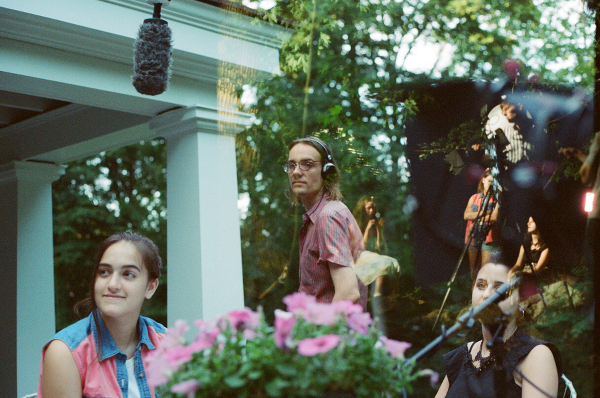
The Columbine massacre, on April 20, 1999, had a direct impact on the development of the Scream franchise. Even though it predates the event by nearly three years, Scream manages to articulate the psychology of the shooters better than any film that takes them as a direct subject. The original script for Scream 3 had Stu Macher, who managed to survive and is now in prison, manipulating fans of his crimes into recreating the murders again. The studio balked and insisted on scaling back on-screen gore, not using a high school as a setting, and minimizing the discussion of the relationship between media and real-world violence. The subject matter of the franchise now struck too close to home. Instead, Scream 3 became a critique of Hollywood and the dark corruption hiding within it, a subject that executive producers Bob and Harvey Weinstein ironically felt more comfortable with.
After that first, definitive, solitary viewing, I’ve rewatched Scream many times; it’s the rare film that feels simple but continues to surprise with each viewing. It was one of the key references for me when I was producing my own first film as a director, The World Is Full of Secrets. I’m occasionally asked why my film takes place in 1996, and there are really two reasons: 1) My own cultural memory of discovering both cinema and violence is tied to the 1990s, and 2) 1996 was the year that Scream was released. Ideas from it echo through my film – telephones and televisions as harbingers, teenagers who feel safe even as they rub up against death, a feedback loop about the relationship of fiction to reality, and most of all, an attempt to understand the incomprehensible impulse toward violence, as it is layered in our history, our cinema, our culture, our selves. While the films take very different approaches – Scream undermining violence through comedy and self reference, The World Is Full of Secrets through fragmentation and oblique implication – they share a desire to complicate the viewers relationship to horror, and to question why they tell themselves these kinds of stories.
During that first viewing of Scream, at some point near the middle of the film, our telephone rang. I didn’t answer it, but I can still hear the sound of the ring, and recall that eerie feeling of the movie creeping into my reality.
